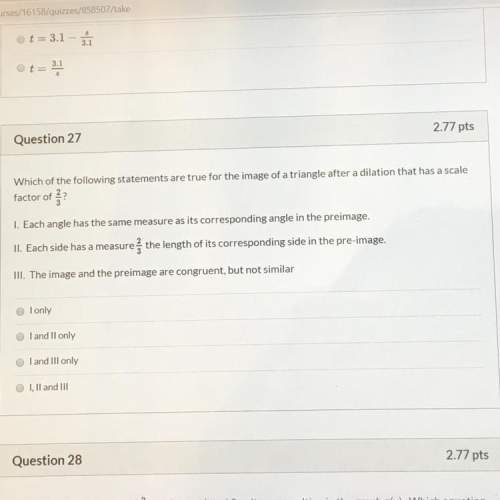
Mathematics, 18.09.2019 06:30, xandrygentile
For the graphed function f(x) = (2)x + 2 + 1, calculate the average rate of change from x = −1 to x = 0. graph of f of x equals 2 to the x plus 2 power, plus 1. (6 points) −2 2 3 −3

Answers: 1
Other questions on the subject: Mathematics

Mathematics, 21.06.2019 15:10, wanderlay29
Which system of linear inequalities is graphed? can somebody please
Answers: 3

Mathematics, 21.06.2019 18:20, sweetbri7p5v6tn
Me solve this problem, and someone clearly explain to me how to solve it.1.) use the value of the discriminant to determine if the given trinomials has 2 real solutions, 1 real solution, or no real solutions. a. x2 − 4x − 7 = 0b. 4r2 + 11r − 3 = 0c. 3m2 + 7 = 0d. t2 + 2t + 1 = 0
Answers: 1

Mathematics, 22.06.2019 01:40, savthespice
Manuela solved the equation below. what is the solution to manuela’s equation?
Answers: 2
Do you know the correct answer?
For the graphed function f(x) = (2)x + 2 + 1, calculate the average rate of change from x = −1 to x...
Questions in other subjects:

Mathematics, 05.11.2020 03:30



Biology, 05.11.2020 03:30

Computers and Technology, 05.11.2020 03:30



History, 05.11.2020 03:30









